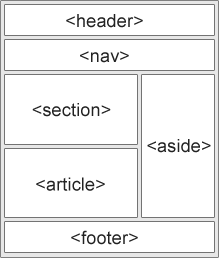Introduction to HTML
- HTML (Hypertext Markup Language) is the code that is used to structure a web page and its content. For example, content could be structured within a set of paragraphs, a list of bulleted points, or using images and data tables. As the title suggests, this article will give you a basic understanding of HTML and its functions.
What is HTML?
- HTML is a markup language that defines the structure of your content. HTML consists of a series of elements, which you use to enclose, or wrap, different parts of the content to make it appear a certain way, or act a certain way. The enclosing tags can make a word or image hyperlink to somewhere else, can italicize words, can make the font bigger or smaller, and so on. please visit HTML

what is Wireframe?
- Wireframing is a UX design technique that allows designers to establish and arrange the information hierarchy of a website, app, or product. Based on the user research conducted by the UX design team, this approach focuses on how the designer or client wants the user to digest information on a site. For more information please visit wireframe
- How to make your wireframe in six steps:
- Do your research
- Prepare your research for reference
- Make sure you have your user flow mapped out
- Draft, don’t draw. Sketch, don’t illustrate
- Add some detail and get testing
- Start turning your wireframes into prototypes

Semantics in HTML:
- In programming, Semantics refers to the meaning of a piece of code — for example “what effect does running that line of JavaScript have?”, or “what purpose or role does that HTML element have” (rather than “what does it look like?”.
- In HTML, for example, the <h1> element is a semantic element, which gives the text it wraps around the role (or meaning) of “a top level heading on your page.” For more information please visit Semantics



